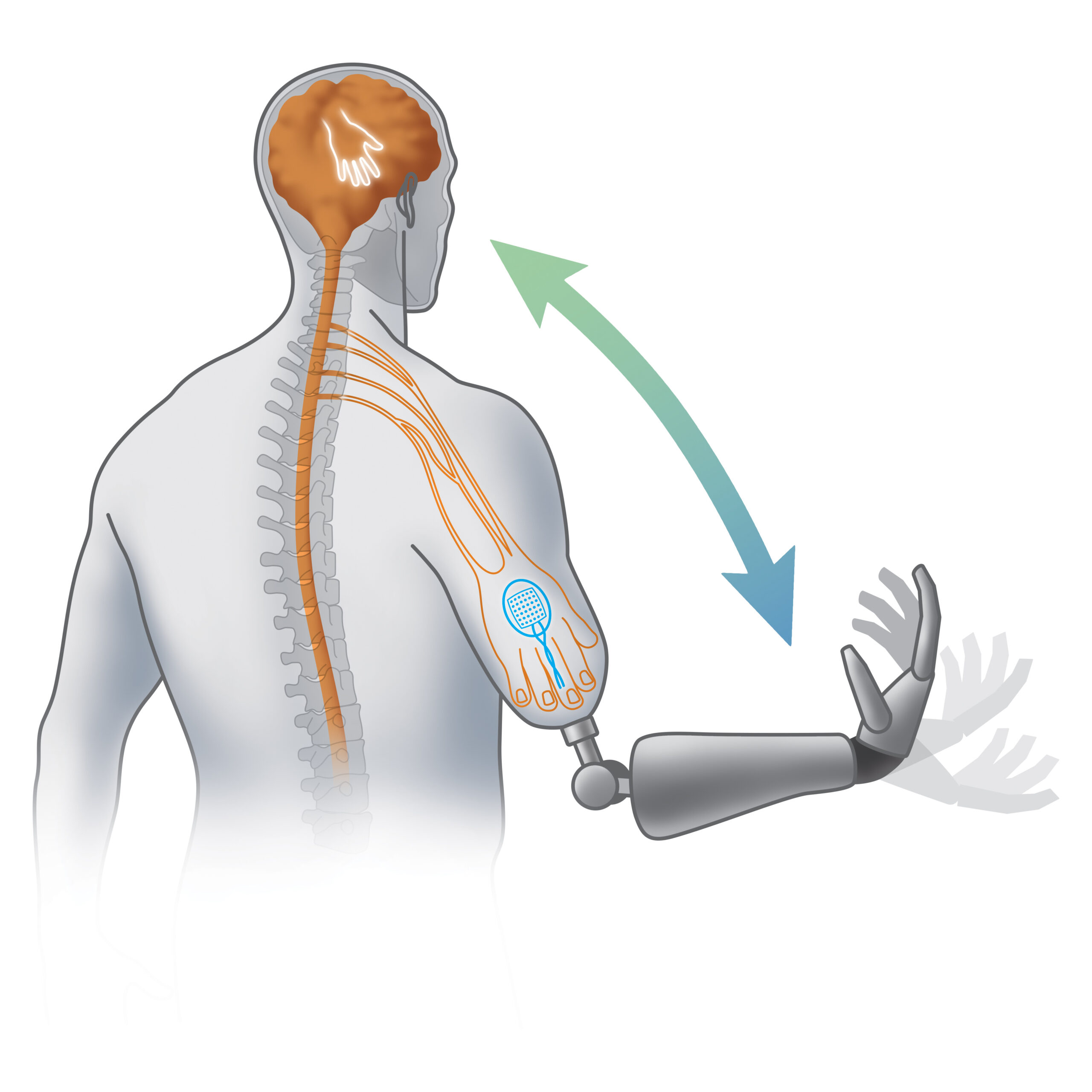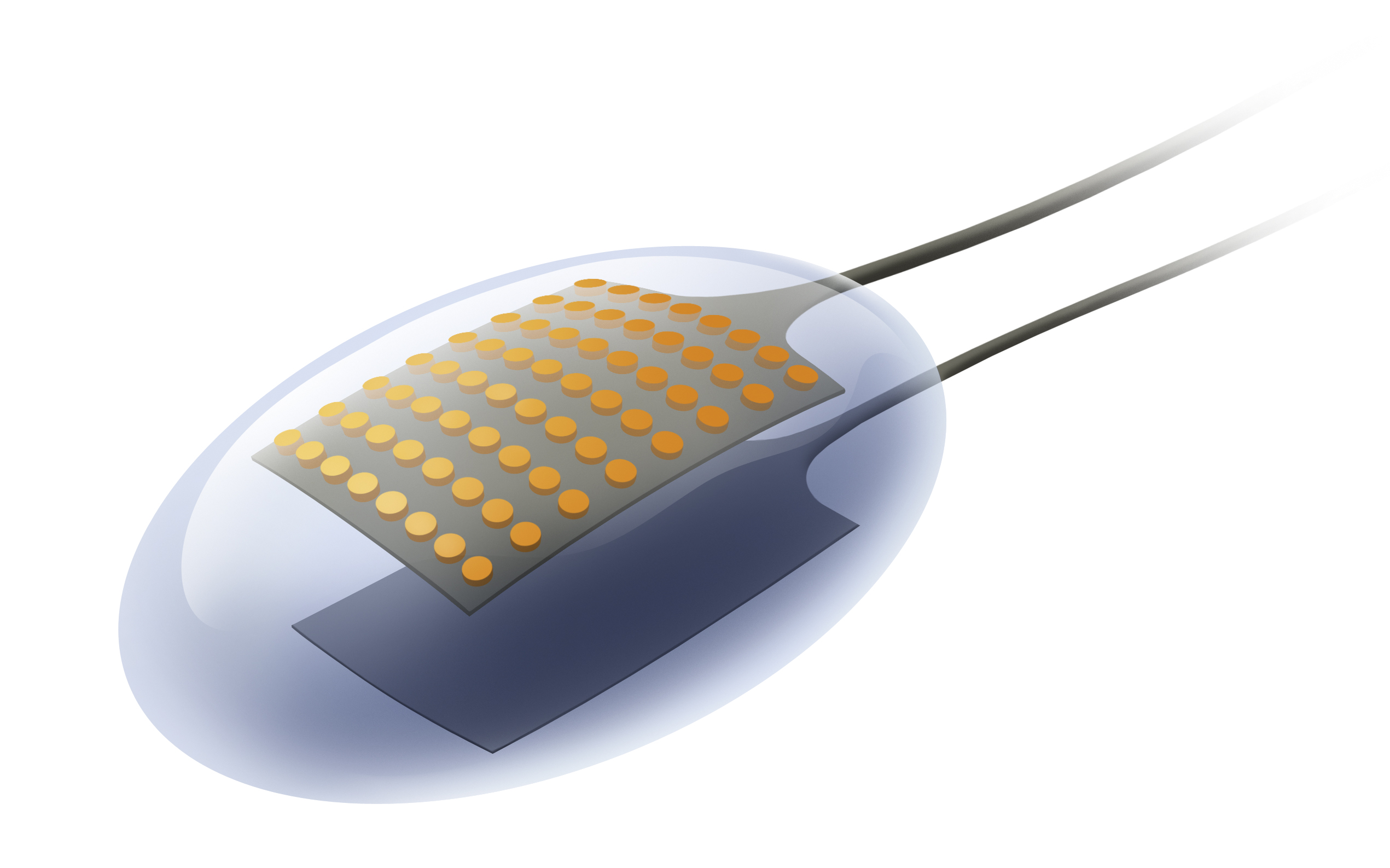PROJECT OVERVIEW
Natural BionicS aims at creating fully integrated, symbiotic replacements for human limbs with robotic parts that the user will feel and command as a part of their own body.
Losing a limb leads to dramatic impairments in one’s capacity to move and interact with the environment, and therefore a substantial worsening in the quality of life. In addition, such a deficiency is often associated with neural deafness, which affects a large portion of the sensory-motor cortex. This is one of the main contributing factors to phantom limb pain. Missing or damaged limbs can – in principle – be substituted by robotic limbs that are connected to the human body with the help of neural interfacing.
However, despite massive research efforts, the bionic reconstruction of limbs still faces important translational challenges. Natural BionicS aims at filling this gap between academic research and clinical impact. In our endeavours, we follow a strictly patient-centric approach, drawing on the expertise of specialists from various fields to solve individual patients’ needs by synergistically combining breakthroughs in surgery, neural interfacing, and robotics.


We propose to surgically create bio-connectors (compacted in a bio-hub) to access the spinal cord circuitries by using biological pathways of encoding and decoding neural information. Neural interfacing with the bio-hub will determine an input/output information flow with the spinal cord by decoding the activity of spinal neural cells (output) and stimulating transplanted biological afferent organs (input). The sensory-motor image of the missing limb emerging from this interfacing will be projected in soft robotic arms/legs. These will embed kinematic synergies and tactile-proprioceptive functions, intimately matched with the neural sensory-motor synergies extracted from the bio-hub. The result will be a bionic limb that feels very close to the natural extremity it is replacing.
For a brief overview, please watch the animation below…
